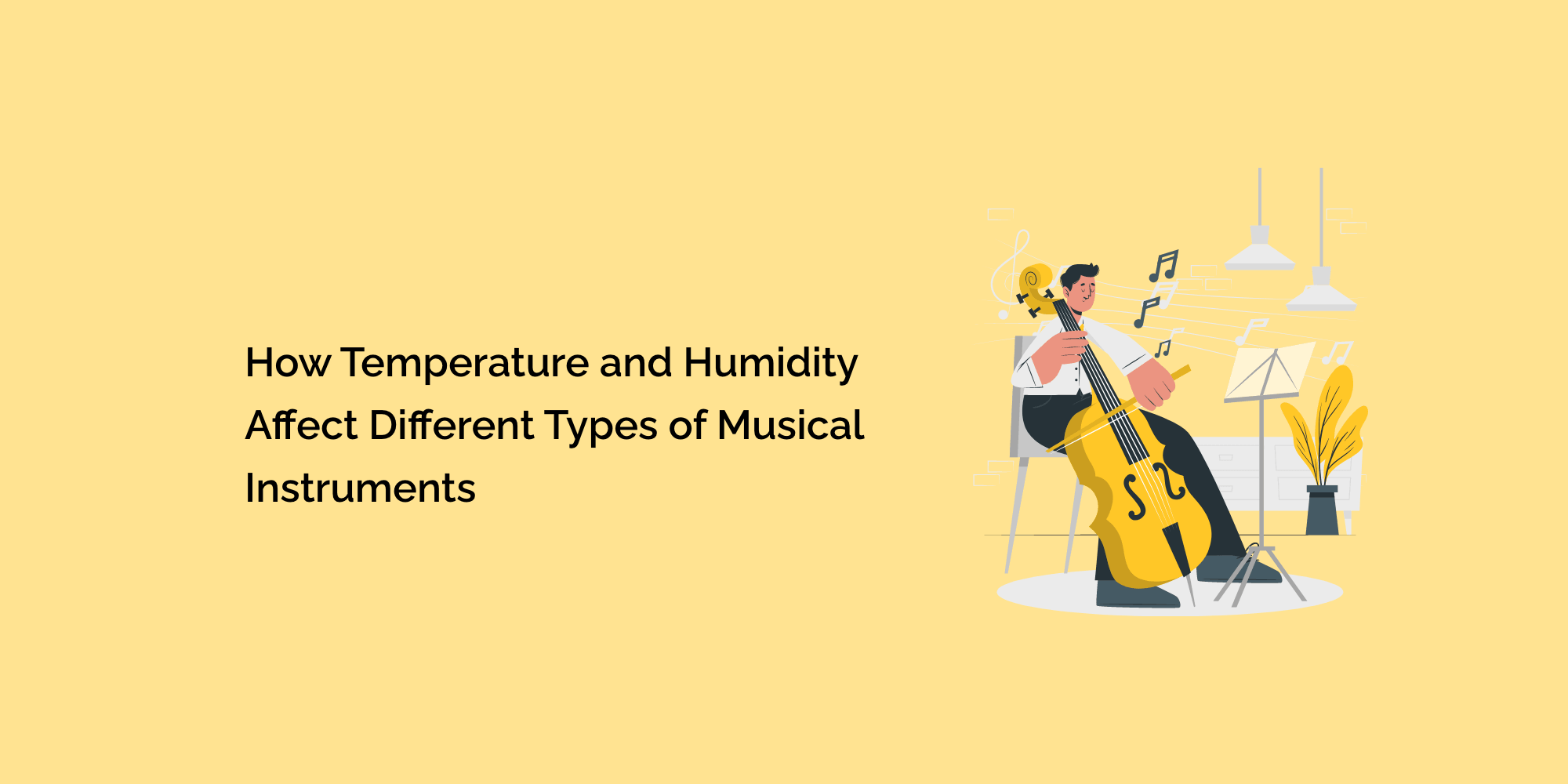In the enchanting world of music, the relationship between instruments and their environment is a delicate dance that shapes the sounds that resonate through the air. Temperature and humidity, seemingly unassuming factors, have a profound impact on the performance, longevity, and tone of various musical instruments. In this blog, we embark on a melodic journey to explore how temperature and humidity affect different instrument families—strings, woodwinds, brass, and percussion. We'll unravel the intricate ways in which these elements shape the instruments' behavior, highlighting the significance of climate control in nurturing their harmonious melodies.
The Melodic Dialogue: Temperature's Influence:
Temperature variations cast a spell on musical instruments:
-
Strings and Woodwinds: Temperature changes cause materials to expand or contract, affecting tension and sound projection.
-
Brass Instruments: Brass is malleable; temperature fluctuations can lead to changes in pitch and tone.
- Pianos: Temperature changes affect the tuning stability and mechanics of pianos.
The Humidity Sonata: Impact on Sound and Structure:
Humidity levels compose a significant part of the melody:
-
Strings and Woodwinds: Humidity affects wood's moisture content, impacting tonal quality and structural integrity.
-
Brass Instruments: High humidity can lead to tarnishing of brass components.
- Pianos: Humidity imbalances cause wooden components to swell or shrink, affecting soundboard resonance.
Strings: The Story of Resonance and Tension:
Temperature and humidity shape the narrative of strings:
-
Temperature: Strings' tension changes with temperature, affecting intonation and tuning.
- Humidity: Moisture levels influence the elasticity of strings, impacting their tone.
Woodwinds: Dance of Precision and Resonance:
Temperature and humidity orchestrate the dance of woodwind instruments:
-
Temperature: Woodwinds expand and contract with temperature changes, affecting pitch and timbre.
- Humidity: Wooden components can crack or warp due to humidity imbalances.
Brass Instruments: Tone and Resilience:
Temperature and humidity impart their effects on brass instruments:
-
Temperature: Brass instruments' pitch changes with temperature fluctuations.
- Humidity: High humidity can lead to tarnishing and corrosion of brass.
Pianos: A Symphony of Sensitivity:
Temperature and humidity are pianos' closest companions:
-
Temperature: Temperature shifts impact tuning stability and action mechanism response.
- Humidity: Swelling and shrinking of wooden components affect overall sound and playability.
Percussion Instruments: Rhythmic Interaction:
Temperature and humidity leave their mark on percussion instruments:
-
Temperature: Drumheads and other components react to temperature changes.
- Humidity: Wood components can swell or warp due to humidity imbalances.
Conclusion: The Eternal Dance of Climate and Sound:
In the tapestry of music, temperature and humidity are threads that weave intricate melodies. From the sweet resonance of strings to the majestic notes of pianos, every instrument's journey is guided by these subtle forces. By understanding the unique effects of temperature and humidity on each instrument family, musicians and caretakers can master the art of climate control, ensuring that the harmony between instruments and environment remains unwavering, resonating with passion, history, and the boundless magic of music.








